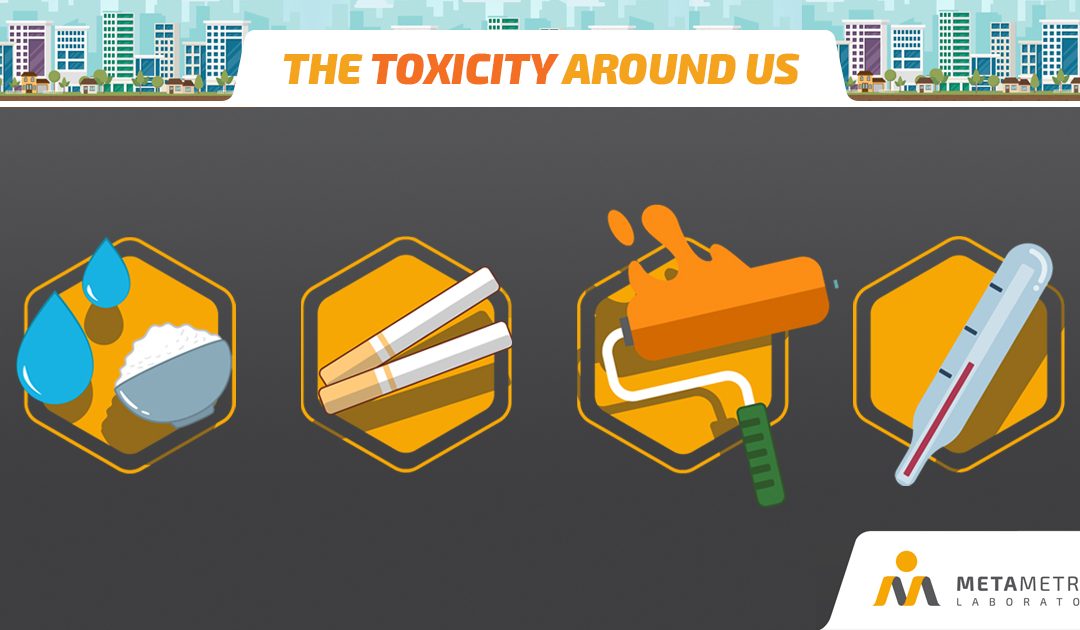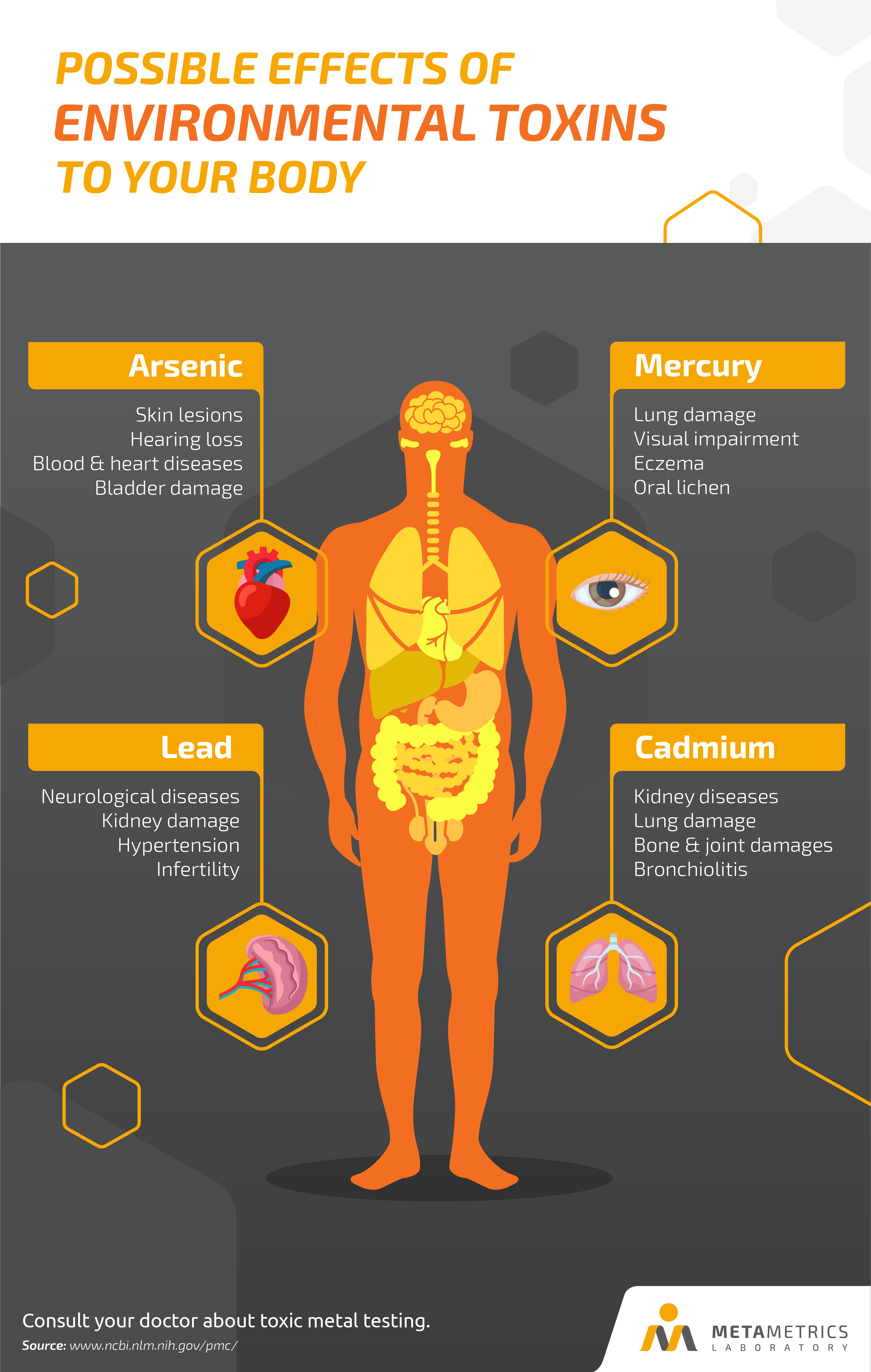Heavy Metal Toxicity: The Unknown Cause of Heart Disease
Anything can happen. Sometimes, that slight pain in your chest could mean a heart problem.
Heart disease is a prominent killer. A research by Philippine Statistic Authority (PSA) indicated that heart diseases remain the top leading causes of death in the country, killing 74,000 Filipinos in 2016. It was not just last year when researchers found out that exposure to heavy metals showed a positive association with the risk of cardiovascular diseases.
Exposure to heavy metals such as arsenic, lead, copper, and cadmium, even at minimal levels, can increase the risk of heart disease. People with higher exposure degree to these toxic metals were said to be 30 to 80% more likely to acquire heart disease, compared to those who have lower exposure levels.
Trace elements are omnipresent – at your home, your workplace, and the foods you eat – and have ways to get inside our systems. If left to accumulate overtime, toxic metals may increase your risk of cardiovascular problems.
Neglect is the biggest risk we shouldn’t ignore. That’s why it’s always important to know where to spot dangerous metals before it could do us harm. Discover where you can find toxic metals:
Arsenic
Pesticides, wood preservative, contaminated water and food, smoking tobacco, and industrial workplaces
Lead
Batteries, lead-based paints, cosmetic products, automobile exhaust, shellfish, green leafy vegetables, legumes, and red meat
Copper
Wires, pipes, textile preservative, shellfish, liver, and organ meats
Cadmium
Mining processes, plastics, furniture with fire retardants, tobacco products, shellfish, liver, and contaminated water
Toxic metals can affect organs and can result to various diseases. Discover how toxic metals negatively affect the different parts of our body through the infographic below:
You can lower your risk of heavy metal toxicity by following a few simple lifestyle changes. With heavy metal sources in mind, minding your consumption shouldn’t feel much of a burden. If working in mining and industrial sectors, make sure to wear precautionary equipment. To identify heavy metal exposure and to combat cardiovascular diseases, consult your physician about toxic metal testing.
SOURCES:
Chowdhury et al. (2018). Environmental toxic metal contaminants and risk of cardiovascular disease: systematic review and meta-analysis. Retrieved from https://doi.org/10.1136/bmj.k3310
Heavy Metals May Pose Another Heart Risk: Heart Disease (2018, August). Retrieved from https://www.livescience.com/63467-heavy-metals-heart-disease.html
Journal of Toxicity Volume 2011 (2011), Article ID 870125, 21 pages http://dx.doi.org/10.1155/2011/870125
Keil, D.E., Berger-Ritchie J., McMillin G.A; Testing for Toxic Elements: A focus on Arsenic, Cadmium, Lead and Mercury; Laboratory Medicine, Volume 42, Issue 12, December 2011, pages 735-742
May, Mike, ICP-MS Technology, Lab Compare, October 2016
Philippine Statistics Authority. Deaths in the Philippines, 2016. Retrieved from https://psa.gov.ph/content/deaths-philippines-2016
Trace Elements—Deficiency and Toxicity (2018, November). Retrieved from https://arupconsult.com/content/trace-minerals





